A Lifeline For Burmese and Rohingya Refugees
New community center on South Side serves the nation's largest Rohingya population.
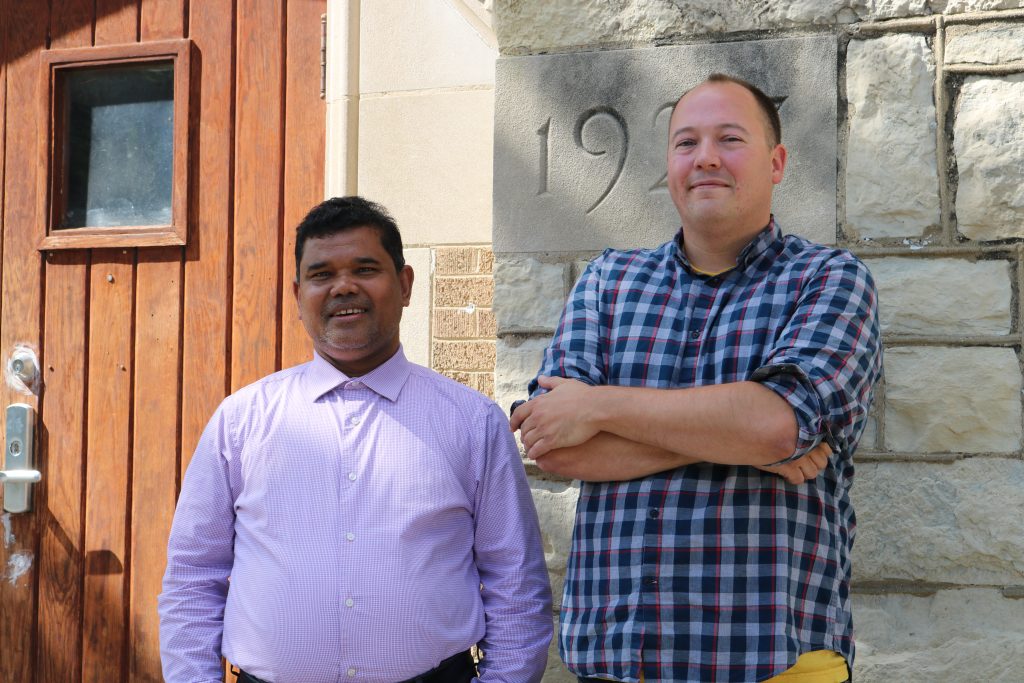
Anuwar Kasim and Andrew Trumbull in front of the BRCW Community Center. Photo taken July 31, 2022 by Sophie Bolich.
Milwaukee is known as a city of great ethnic diversity, but few may be aware of its population of Burmese and Rohingya refugees. One building on the near South Side, historically a Christian church, is getting a new purpose serving that population in Milwaukee. Back in 2016, Anuwar Kasim and Andrew Trumbull founded the Burmese Rohingya Community of Wisconsin (BRCW), a charitable 501(c)(3) organization with the mission to empower Milwaukee’s Rohingya population, which is believed to be the largest in the U.S. with an estimated population of 2,300-4,000 as of 2021. The Rohingya are a Muslim ethnic minority who have faced decades of oppression and violence in Buddhist-majority Myanmar (formerly Burma) in Southeast Asia.
Located at 2330 W. Scott St., the building was formerly occupied by New Life Hmong Alliance Church, which relocated to a site on the north side. Built in a neogothic revival style and originally a Methodist Church, the 16,380-square-foot property is now the largest Rohingya-owned community center in the U.S., according to Kasim.
Acquiring the building and its property, which cost $425,000, was a community effort. The founders established A GoFundMe campaign, raising $23,561, about 75% of which came from small donations, Trumbull estimated. Kasim, who is “familiar with hundreds of families here,” went door-to-door asking for support. Between these two efforts, the founders were able to raise more than $100,000. After three banks denied a loan application, Kasim and Trumbull were able to secure a loan to cover the remaining amount.
“It means a lot for us. Not only for me, it’s for the community,” Kasim said. “This is like a one-stop shopping center for our people. They can come here for anything and everything.”
The center operates as a community hub, providing services like interpretation, translation, health information, citizenship classes, English-as-a-second language classes (ESL), donations and workforce development. The center also aims to facilitate communication between Rohingya and American communities.
Inside The Center
The BRCW center is adjacent to a sizable parking lot. The group also owns a neighboring house at 1124 S. 24th St., where the group’s religious leader lives with his family, said Kasim and Trumbull.
The building’s lower level contains a kitchen for gatherings and culturally-appropriate food donations. Boxes of dry goods line one wall of the room, while meats are stored separately in a refrigerator.
Another room contains racks of non-food donations including clothing, winter gear, furniture, electronics, school supplies, books and toys, linens and more. In preparation for the upcoming school year, the center will provide backpacks and school supplies, Trumbull said.
Visitors are asked to remove their shoes before entering the upper levels of the building, which houses BRCW offices and a religious space used for the five daily prayers and Friday services.
A small recording studio, where Kasim films informational videos, is located behind the offices.
Fluent in six languages including Rohingya, Burmese, Urdu, Malay, Hindi and English, interpreters like Kasim are rare and are often the only direct line of communication between the Rohingya community and such institutional authorities as the U.S. government or the health department.
For example when the COVID-19 pandemic struck, Rohingya who were unable to read English had no way of staying informed. In situations like this, Kasim is tasked with distributing essential, often life-saving information.
“We have the third largest Burmese population and there’s nothing available,” Kasim said. “And that’s really disappointing.”
The third floor of the building contains a series of smaller rooms, some of which are operating as classrooms. Others are still in need of renovation.
Future Plans
In one third-level room, empty save for a heavily-stained carpet and a peeling Noah’s Ark mural, Trumbull envisions a computer lab and a childcare center.
With better funding, Kasim and Trumbull also hope to eventually hire employees who could open the center consistently during regular office hours. Both founders hold full-time jobs in addition to their work with BRCW, which has made it difficult to achieve that. Currently, the building is open from 5:30 a.m. until noon. After Kasim leaves work, he reopens the center from 5:30 p.m. until 10 or 11 p.m. It’s also open on weekends.
As much as the center’s programming focuses on ESL, Trumbull said that preserving the community’s native language is of equal importance.
When Rohingya children begin to attend school, many lose their fluency in the Rohingya language. Rohingya is a spoken language and doesn’t have a widely recognized written alphabet, which makes preservation more difficult.
The center is working to fix this. In 2020, the BRCW partnered with Sesame Street to develop Rohingya-language episodes. The center also distributes booklets for children that feature photos of objects captioned with the English word as well as a phonetic transcription of the Rohingya pronunciation.
Trumbull said there is also hope for the Rohingya language if people begin to text with it. Currently, many Rohingya speakers communicate via WhatsApp, which allows users to send voice memos.
BRCW is one of two Milwaukee organizations for Rohingya. The other is the Rohingya American Society, led by Shaukhat Ali.
Similar to most nonprofits, said Trumbull, BRCW struggles with funding. Grants, easier to come by during the height of COVID-19, are more competitive now, he said. But the founders still have big hopes for the future.
“We’d like to start a business,” he said. “There’s not much quit in us. Even if we’re operating at a very minimal level, it’s still better than nothing.”
Photos
If you think stories like this are important, become a member of Urban Milwaukee and help support real, independent journalism. Plus you get some cool added benefits.

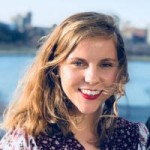
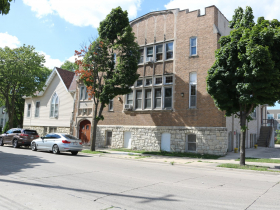
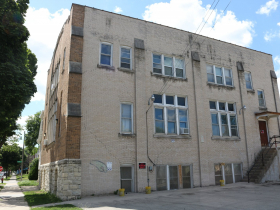
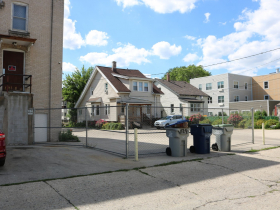



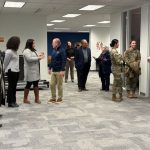
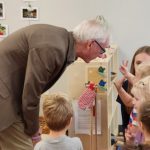















Excellent adaptive reuse! A worth cause.